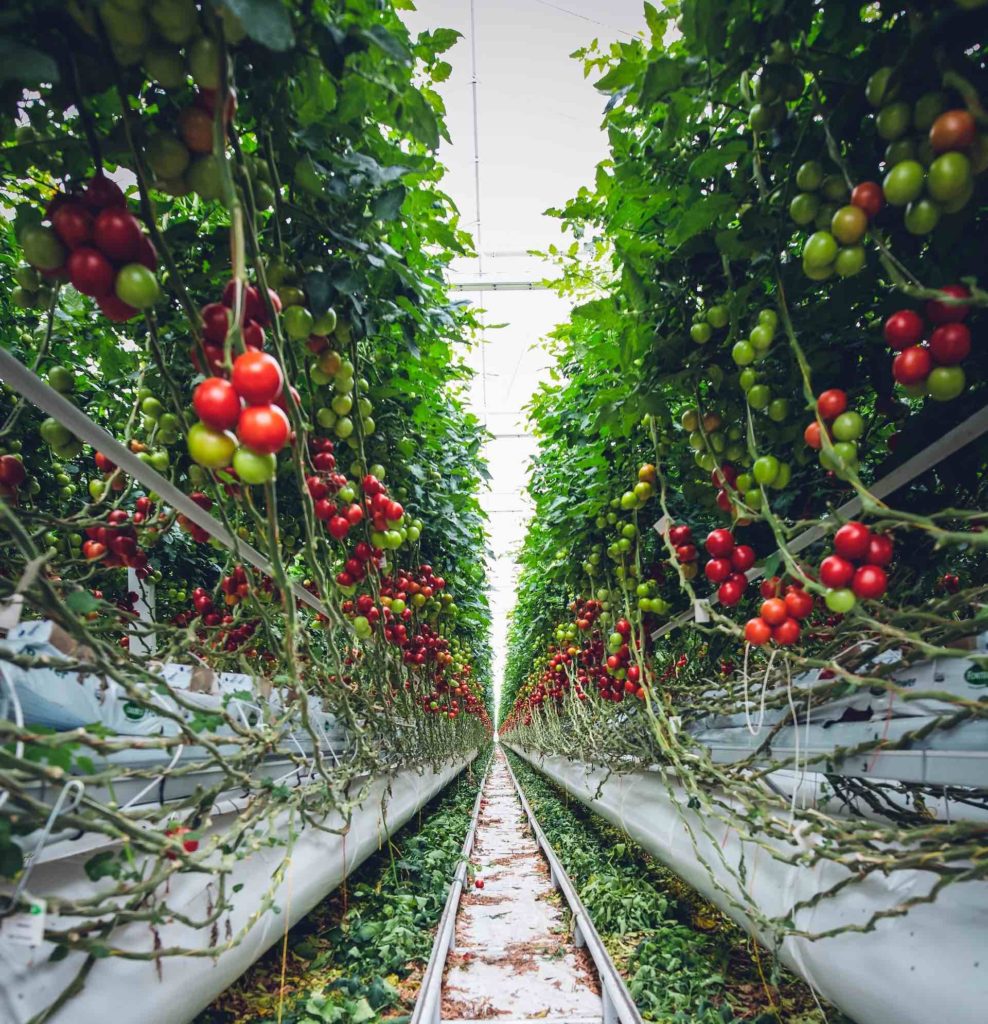Cover photo by Markus Spiske on Unsplash
Today’s Focus of Attention is reader-supported. We sometimes include products we think are useful for our readers. If you buy through links on this page, we may earn a small commission.
For thousands of years, we have relied on traditional agriculture to cultivate crops and raise livestock, which has been essential for our survival and societal growth.
Conventional farming takes place in rural settings on extensive areas suitable for cultivation.
This practice involves a complex system of planting, irrigation, and harvest, including heavy machinery and chemicals like fertilisers and pesticides.
Even though traditional agriculture has been crucial in feeding the world, it has also caused considerable damage, including deforestation, soil degradation, water pollution, and high levels of carbon emissions.
Along came Vertical Farming
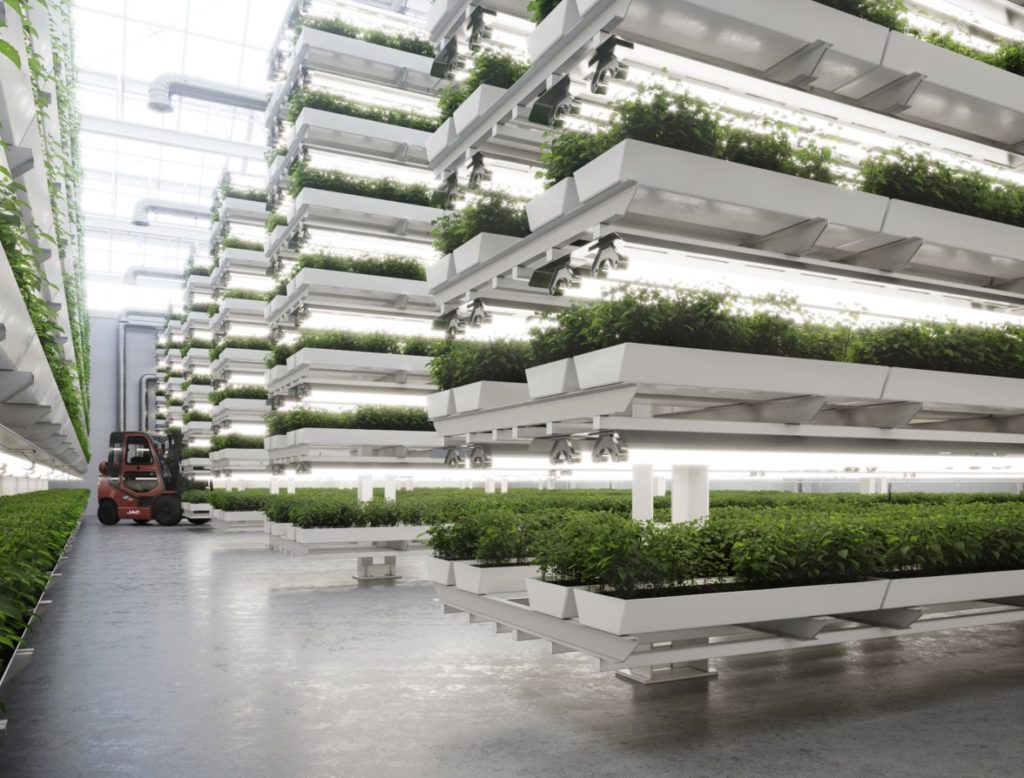
Vertical Farming refers to the practice of cultivating crops in vertically stacked layers or on inclined surfaces within controlled indoor environments.
These layers can be integrated into other structures such as skyscrapers, repurposed warehouses, shipping containers, or custom-built facilities.
Its major advantage is that it allows farming in urban settings, where land availability is limited.
Vertical Farming relies on various technologies, such as climate control, artificial lighting, and hydroponics, amongst others, to optimise crop growth.
Its relevance is being recognised in a world struggling with overpopulation, urbanisation, global warming, and an urgent need for sustainable practices.
In this article, we delve into the details of Vertical Farming, its impacts on worldwide food production, its potential benefits, and the challenges it faces.
A Brief History
The idea of Vertical Farming is not new at all. Its roots go way back to the Hanging Gardens of Babylon, one of the Seven Wonders of the Ancient World, and the terraced rice paddies used across Asia.
The modern application of this concept gained traction in 1999, when Columbia University professor Dickson Despommier popularised the term.
He imagined urban environments with multi-story indoor farms using technology to cultivate crops.
Since that time, the adoption of VF has burgeoned and is now found worldwide in medium to large cities, using a variety of methods.
Examples of Vertical Farming around the World
AeroFarms – US
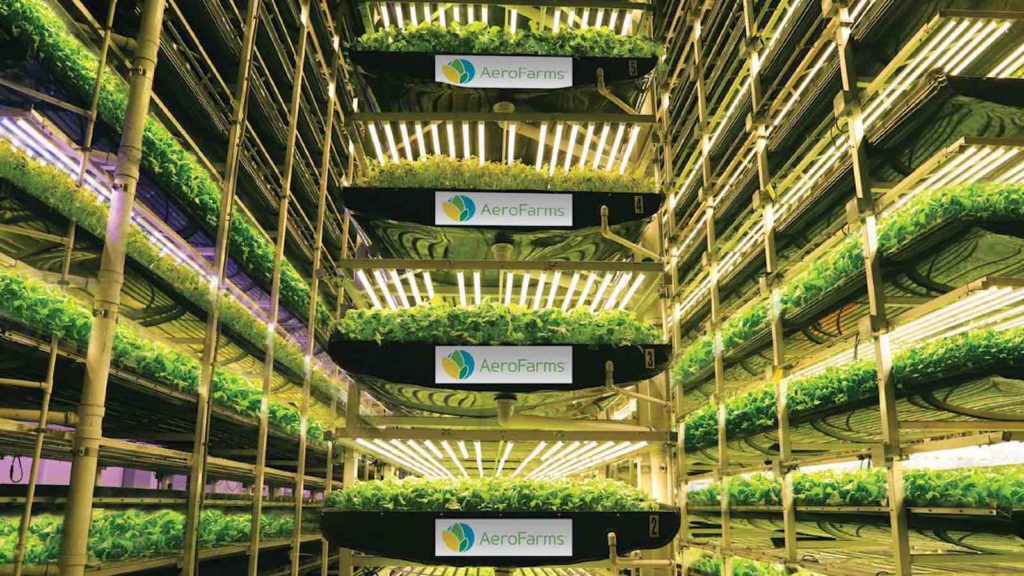
Located in Newark, New Jersey, AeroFarms operates one of the world’s largest vertical farms, housed in a converted steel mill.
The company uses aeroponics to grow a variety of leafy greens and herbs without soil or sunlight.
Their controlled environment allows for year-round farming, with crops growing in stacked layers to maximise space.
According to AeroFarms, they use 95% less water than conventional farming and achieve yields up to 390 times higher per square foot.
As AeroFarms facilities are close to New York City, they can reach the market within hours of being harvested, thus guaranteeing freshness.
Sky Greens – Singapore
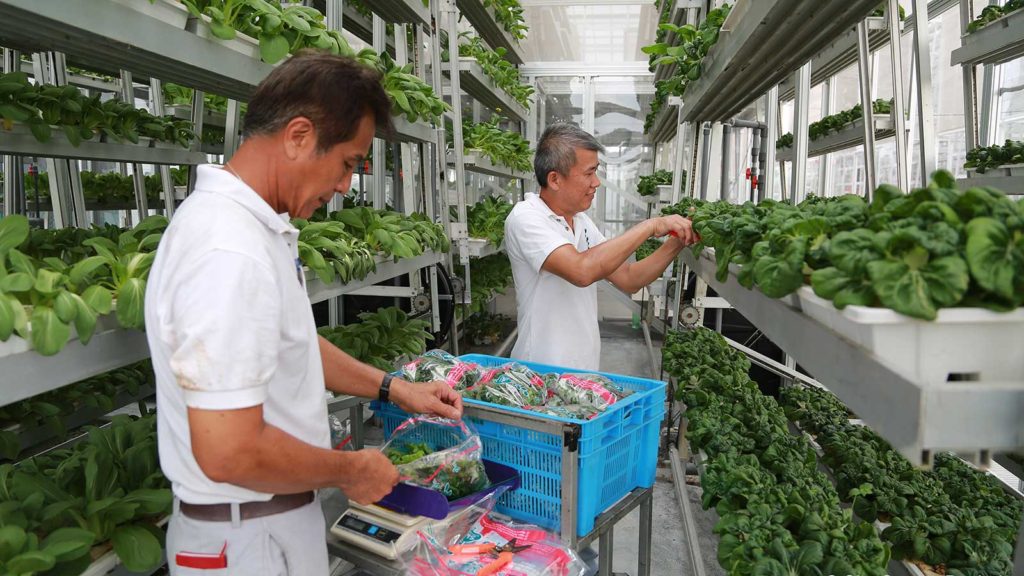
This system is helping Singapore increase its self-sufficiency in food production since, up till now, the city-state imports over 90% of its provisions.
Sky Greens grows a variety of vegetables in rotating aluminium towers, each standing 9 metres tall and holding 38 tiers of planting troughs.
The rotation ensures that plants receive uniform sunlight, and the vertical design allows for more efficient use of soil and water.
By reducing distance, Sky Greens can deliver food that is fresh and serves as a model for sustainable urban farming in land-scarce nations.
Technological Innovations
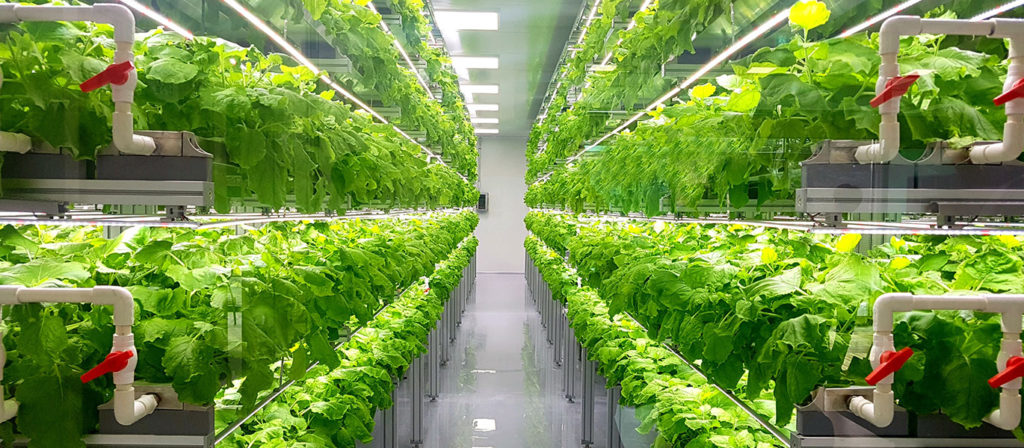
1- Hydroponics
Hydroponics is a soil-less cultivation method where plant roots are immersed in a nutrient-rich water solution.
This system enables control over the nutrients, pH, and oxygen levels around the plant roots, making growth more efficient.
Through this approach, consumption is reduced compared with traditional farming, since the water can be recycled.
2- Aeroponics
Aeroponics, or air gardening, is a method where the roots of plants are suspended in the air and misted with a nutrient solution at regular intervals.
With this technique, the roots are exposed to enough oxygen, guaranteeing faster growth and higher yields.
Like hydroponics, aeroponics is a water-efficient process, and it doesn’t require substrates for plant development.
3- Aquaponics
It blends aquaculture (raising fish) and hydroponics. Fish waste provides an organic food source for the plants, and the plants filter the water for the fish.
This symbiotic relationship creates a sustainable system where both plants and fish thrive.
One drawback is that these systems are more complex and expensive to build and manage, but they offer a greener way of producing.
Benefits of Vertical Farming
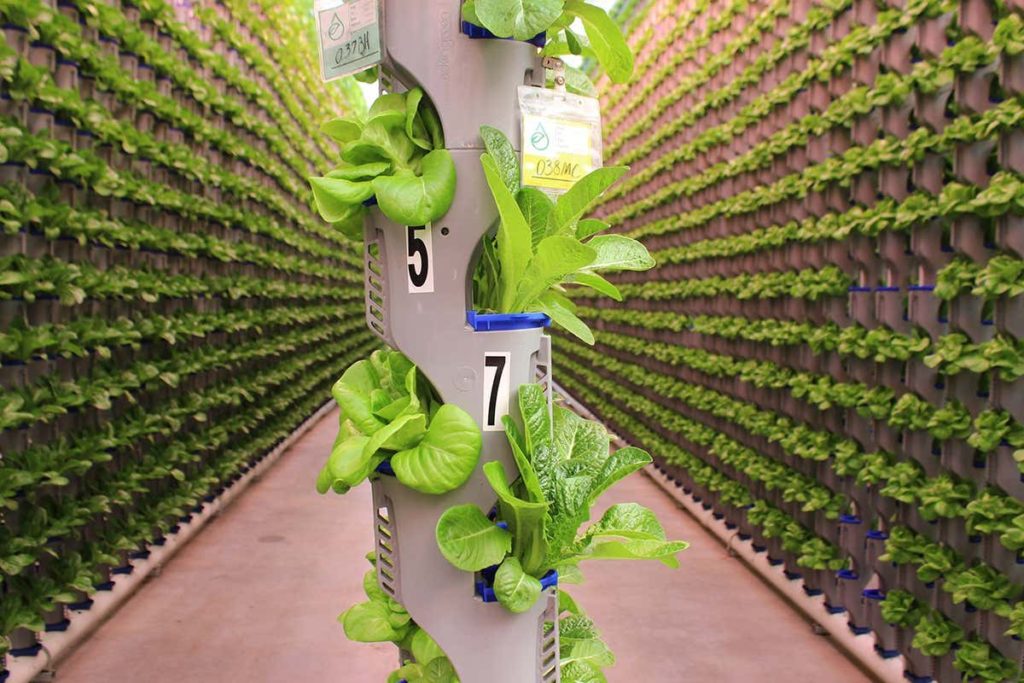
1- Space Efficiency / Urban Suitability
By growing crops in stacked layers, vertical farms yield more food per square metre than traditional plantations.
This feature makes VF suitable for cities where space is limited and expensive.
Aside from that, locating farmsteads in the heart of urban areas reduces the distance that vegetables travel to reach consumers, leading to fresher products and lower transport emissions.
2- Uninterrupted Crop Production
This is another great advantage because, since crops are grown in controlled indoor environments, they can produce throughout the year, regardless of the season and the weather.
In these settings, LED lighting mimics sunlight, and climate control systems maintain optimal temperature and humidity levels for the plants, allowing for multiple harvests all over the year.
3- Reduction in Water Usage
Vertical Farming practices such as hydroponics, aeroponics, and aquaponics swallow less water than traditional cultivation methods.
To illustrate this point, hydroponic systems circulate water with nutrients, so they reduce consumption by 90% compared with conventional farming.
Given that agriculture accounts for about 70% of global freshwater use, the efficiency of Vertical Farming could have a considerable environmental impact.
4- Minimising Crop Pests
An indoor-controlled environment minimises exposure to pathogens and diseases that are common in outdoor fields.
So, it reduces the need for pesticides and fungicides, creating cleaner, safer products.
5- Sustainability and Ecological Consequences
Apart from the aforementioned benefits, Vertical Farming also brings down the amount of land needed for agriculture, helping to fight deforestation.
At the same time, by locating farms in urban settings, we lower the energy consumption and carbon emissions related to transport.
Moreover, conserving water is noticeable in VF. Recycled water prevents the depletion of our freshwater reserves and the presence of pesticides and other chemicals in rivers, lakes, wells, and the ocean.
Impact on Global Food Production
1- Meeting the Growing Demand
The world’s population is expected to reach almost 10 billion people by 2050; hence, food consumption levels will increase by roughly 70%.
Based on that, traditional farming might not be efficient in satisfying market needs because of limited arable land, declining soil fertility, and water scarcity.
This is where VF promises to be an alternative by offering a higher yield per square metre, year-round production, and the ability to use spaces not suitable for conventional agriculture.
2- Food Security in the Face of Climate Change
It’s no secret that global warming is already affecting the food system. Altered precipitation patterns, increased temperatures, and frequent extreme meteorological events are threatening crop production and causing prices to rise.
Vertical Farming could buffer against these threats because of its resilience to the vagaries of weather as crops are insulated indoors.
This defence ensures consistent access to provisions, thereby strengthening food security in a changing climate.
3- Influence on the Supply Chain
Integrating food production into urban environments reshapes distribution chains. Since food doesn’t have to travel long distances to reach consumers, it saves time, resources, and reduce greenhouse gas emissions.
Because supplies are more accessible, natural disasters and pandemics will not be as disruptive as with far-flung crops.
So, VF has the potential to influence not only how we grow food but also how we distribute it.
Challenges / Concerns with Vertical Farming

1- High Initial Setup and Operational Costs
While Vertical Farming is promising, we must be aware of its obstacles.
The first hurdle to overcome involves the sizeable startup expenses. For instance, building an indoor vertical farm requires substantial investment in infrastructure, technology, and equipment.
Of course, these expenses vary depending on the location or city of the farm.
On average, the setup and activation costs reach around $1,000 per square metre. To illustrate, for a growing area of 1,000 square metres (500 square metres of floor space at a height of 4.5 metres), the cost would be approximately $1 million.
This estimate includes equipment and installation but excludes the expenses associated with building construction, renovation, and logistics.
Of the $1 million invested, equipment takes up 75% of the costs, with installation consuming 21%, and project design making up the remaining 4%.
The second point of concern is the heavy operational overheads. Vertical Farming is a complex and labour-intensive process that is expensive due to its high energy use, climate control, and specialised lighting requirements.
Regarding economic benefits, let’s consider a farm business in the United Arab Emirates as an example.
The farm’s monthly yield is around 3,400kg of lettuce and herbs. Selling at a price of $17 per kilogramme, the total monthly revenue is $57,800.
After factoring in expenses for labour, resources, utilities, rent, and other operational costs, which roughly total $32,600 each month, the farm yields an EBITDA (earnings before interest, taxes, depreciation, and amortisation) of $25,000 per month.
The farmer fully recoups the investment after 3.6 years.
However, these financial barriers can be a considerable deterrent for smaller-scale farmers and entrepreneurs or for operations in developing countries.
2- Technological Challenges and Dependencies
Vertical Farming is anchored in advanced technology and equipment for lighting, climate control, and even the planting and harvesting of crops.
Without any of these tools, it would be impossible.
Farms placed in urban areas are vulnerable to power outages, system failures, and other technical hitches and disruptions.
Besides, the personnel needed to run and support these facilities need specialised training to keep them running at optimal levels. Without this training, the entire farm operation could fail.
3- Energy Consumption and Sourcing Issues
The electrical demand for vertical farms is considerable, namely those with artificial lighting and climate control systems.
So the power supply needs to be available 24/7, leading to high operational costs and a sizeable carbon footprint if the energy used is not sourced from renewable sources such as solar or wind.
In essence, a sustainable energy source is crucial for the environmental repercussions and long-term feasibility of Vertical Farming.
4- Effects on Traditional Farming and Rural Communities
It is worth considering how Vertical Farming might impact conventional methods of growing food and the sector of the population that depends on them.
If urban farms become more prevalent and spread across the world, there may be less demand for products from remote areas, thus impacting the livelihood of countless established farmers.
With that in mind, it is crucial to integrate new agricultural practices with traditional systems, allowing both to coexist rather than keeping them separate.
Something that might help is to build easily installable layered structures within traditional farms, thereby enhancing productivity per square metre.

The Future of Vertical Farming
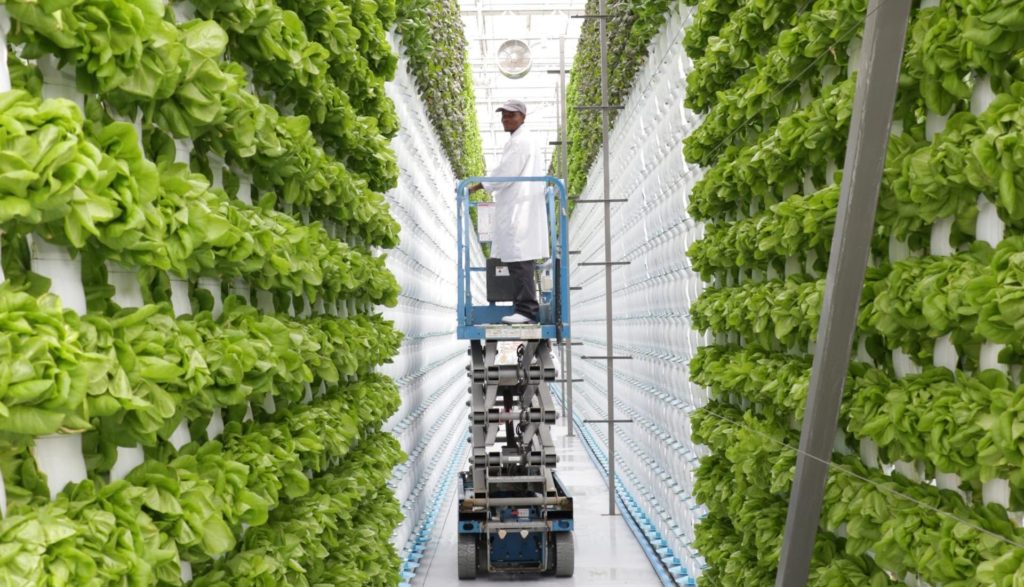
1- Advancements in Technology
Vertical Farming is intertwined with technological progress. As it continues to evolve, we expect it to continue to grow in popularity.
Innovations in energy-efficient LEDs help reduce electricity bills, while artificial intelligence (AI) and machine learning could lead to smarter climate control and irrigation systems, optimising plant growth while minimising resource consumption.
Not to mention genetic engineering and its ability to create crops customised for Vertical Farming conditions.
All these improvements make VF more cost-effective and competitive, speeding up its widespread adoption.
2- Vertical Farming in “Smart Cities”
As metropolitan populations grow, the concept of smart cities is becoming more and more important, and Vertical Farming plays a big part in that.
“Smart Cities” are based on four pillars: efficient urban mobility, sustainability, high-tech infrastructure, and liveability.
VF can contribute by providing a sustainable and local source of fresh food, enhancing city resilience, and reducing reliance on long supply chains. This becomes especially important when these networks are affected by natural events, such as storms or floods or geopolitical instability.
Let’s not forget the contribution to cityscape greening, improving air quality, and connecting the city’s inhabitants to nature.
Conclusion
As a revolutionary approach to food production, Vertical Farming is an effective solution for high-populated areas.
Its capability to grow crops year-round, reduce water usage, minimise crop diseases and pests, as well as its low environmental impact, contribute to creating more sustainable, healthy, and liveable cities.
Along with traditional agriculture, VF promises to meet the growing global demand, ensure food security amid climate change, and reshape the supply by reducing distance.
However, it’s still an evolving field with many challenges to overcome; therefore, continued innovation and research are paramount to unlocking its full potential.
Embracing and investing in the development of Vertical Farming is not just an opportunity; it’s a necessity for building a more sustainable and food-secure future.


